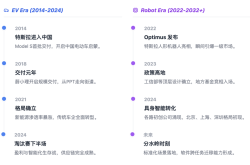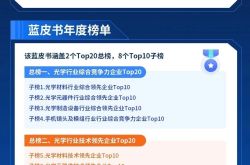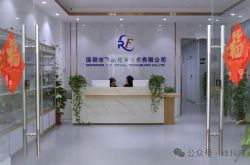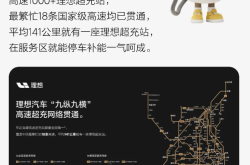First Rollout of eSIM: iPhone Air Restrictions Puzzle Users!
![]() 09/10 2025
09/10 2025
![]() 557
557
This year, the standard iPhone 17 has undergone notable enhancements, significantly boosting its allure. Meanwhile, the ultra-thin variant, making its series debut, has also captured substantial user interest. The reality closely mirrors the leaked details. Its appearance is truly striking, boasting a mere 5.6mm thickness and a featherlight 165 grams, making it exceptionally portable and likely to appeal to female users. Apple positions it as a future-proof device, signaling the company's strong confidence in the trend of lightweight smartphones becoming the next sensation.
The naming of this gadget has left many scratching their heads. Despite being released alongside other models and utilizing the A19 chip, it forgoes the '17' suffix, instead being dubbed the iPhone Air. It's plausible that Apple views this as a distinct new product separate from the other three models. The much-anticipated eSIM, a topic of widespread speculation, has finally made its debut. The iPhone Air is the inaugural model to feature eSIM in China, underscoring Apple's intensified focus in this domain.
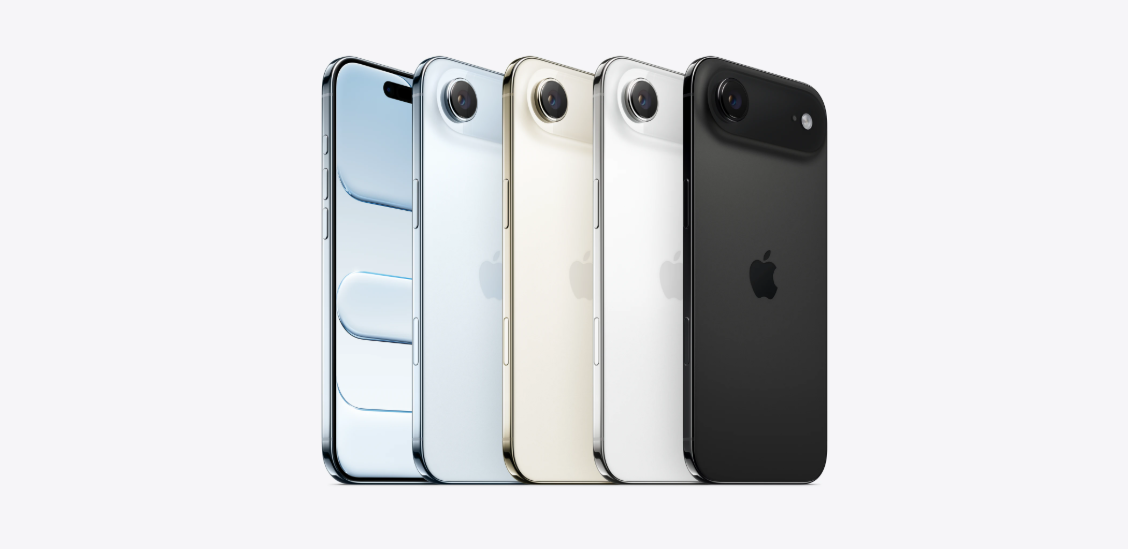
However, eSIM comes with certain limitations. Firstly, it exclusively supports China Unicom's eSIM, corroborating previous online rumors. This implies that users of the other two carriers are left out. Naturally, this is likely a temporary situation, and once China Mobile and China Telecom also embrace eSIM, they will be included as well. Moreover, the initial activation of eSIM on the iPhone Air must occur at an offline China Unicom store, necessitating identity verification and activation with an ID card.
Certainly, there are preparatory measures to undertake before activating eSIM. Firstly, data from an old iPhone must be transferred to the iPhone Air. If data transfer is temporarily unfeasible due to specific reasons, a backup should be created beforehand. It's also prudent to bring the original SIM card prior to activation. Presently, the primary limitation of eSIM on the iPhone Air is that it can solely activate eSIMs from domestic carriers within China, whereas eSIMs from foreign carriers can be activated when traveling abroad.
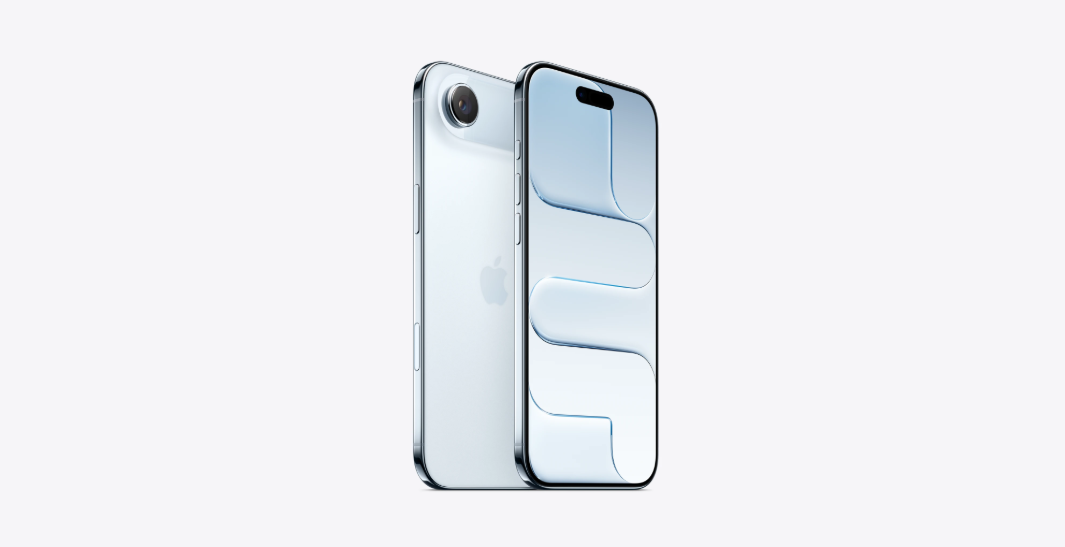
There are also two additional scenarios: foreign models equipped with foreign eSIMs can be utilized in China, whereas foreign models with domestic eSIMs cannot be used in China. This completely eradicates the possibility of employing foreign models in China. In terms of functionality and configuration, it's actually quite commendable, featuring the potent A19 Pro chip. It's outfitted with Apple's newly engineered N1 chip and C1X modem, delivering exceptional network performance.
Owing to its ultra-thin design, to ensure durability, it also incorporates a titanium frame. It supports an adaptive refresh rate of up to 120Hz. Regarding imaging capabilities, although it only sports a single rear camera, the 48-megapixel fused main camera with built-in 2x optical zoom should provide satisfactory overall shooting performance. As for battery life, the official assertion is that it supports up to 27 hours of video playback, which seems reasonable. Despite the starting price of 7,999 yuan not being low, it still fails to diminish the purchasing interest of numerous users.
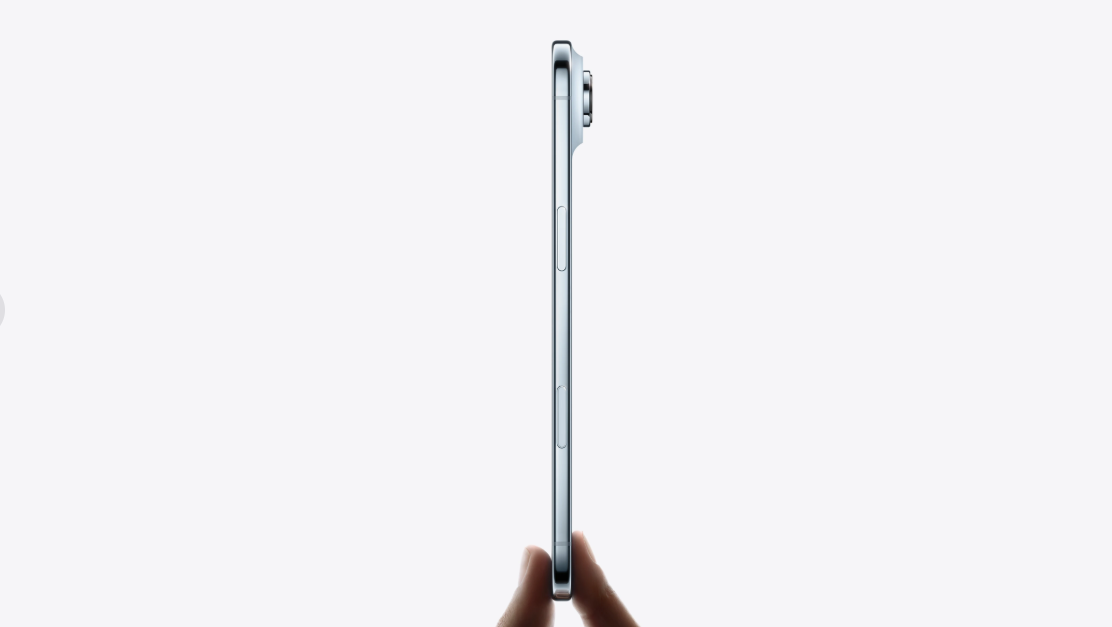
Regarding the future prospects of the iPhone Air, the head of a rival company deems it highly impressive and anticipates that it will rejuvenate the entire ultra-thin phone market, hinting at the emergence of more domestic ultra-thin models in the future.

